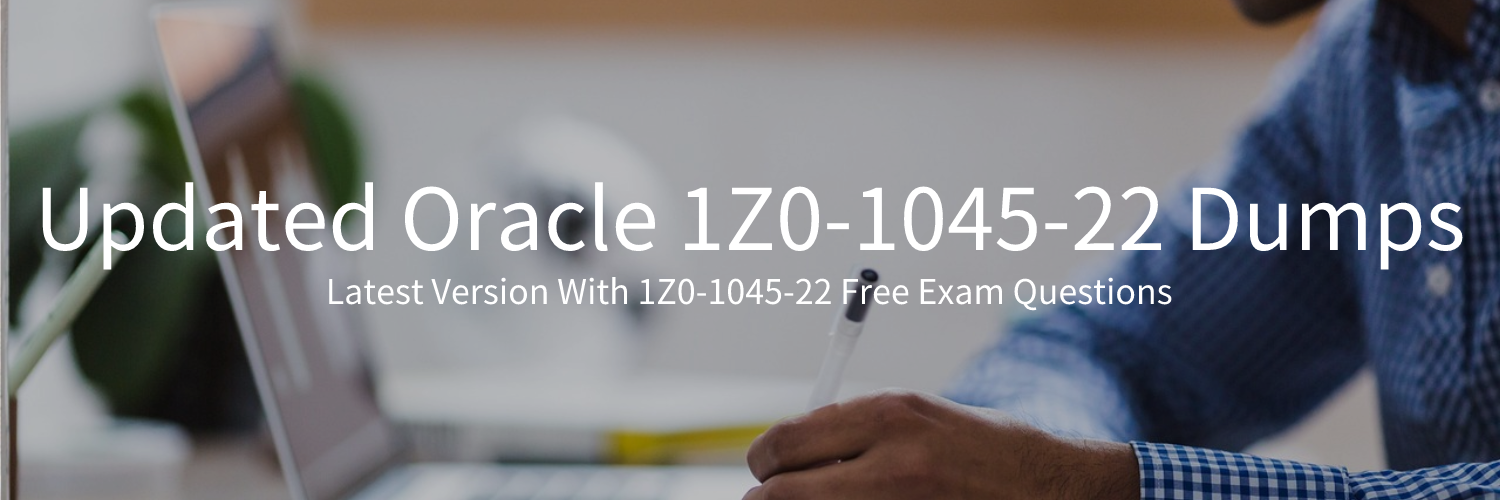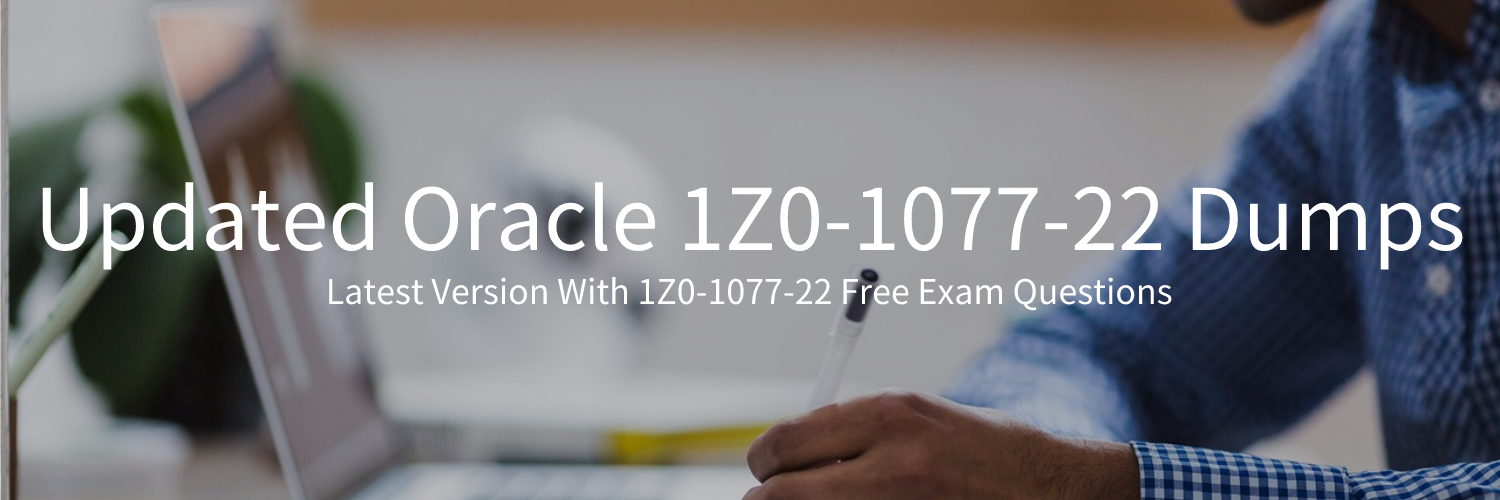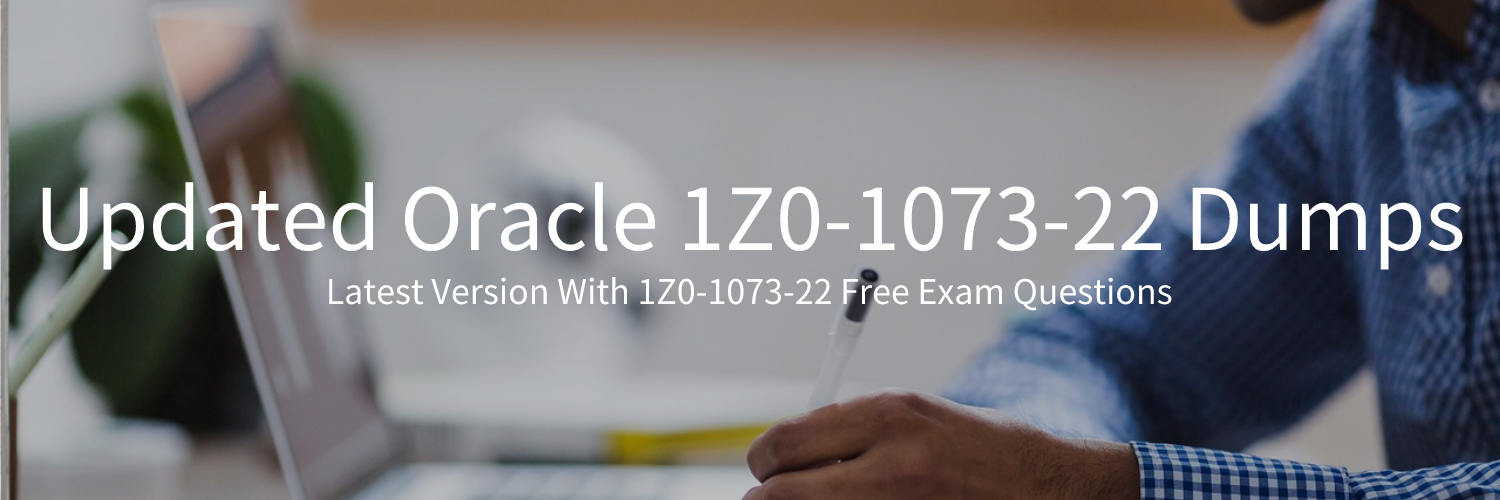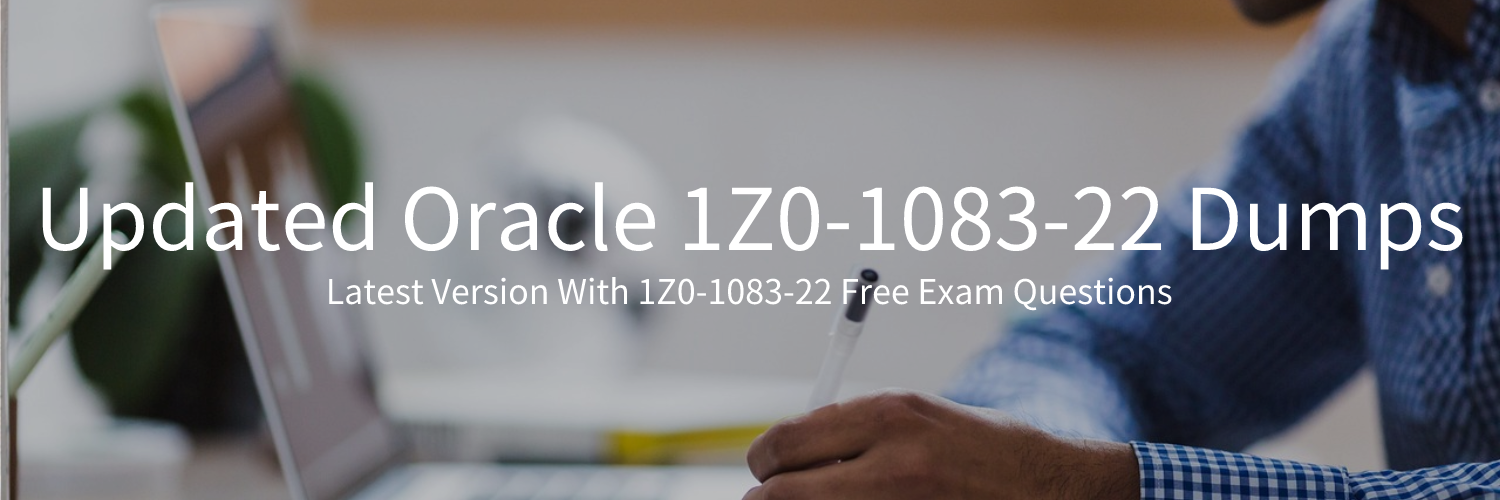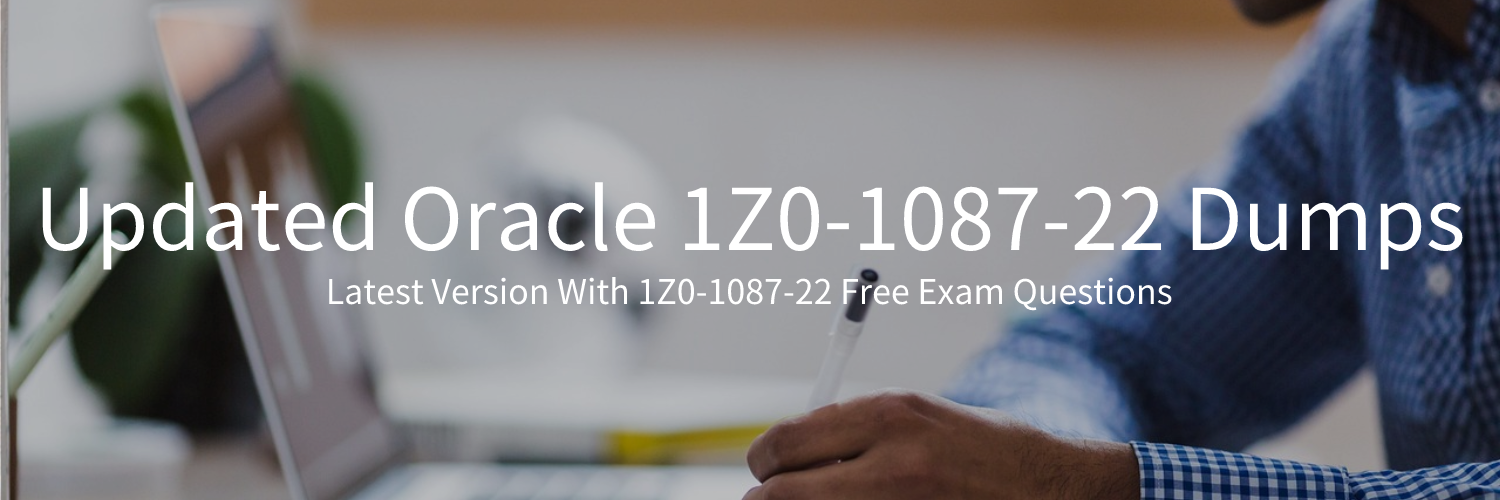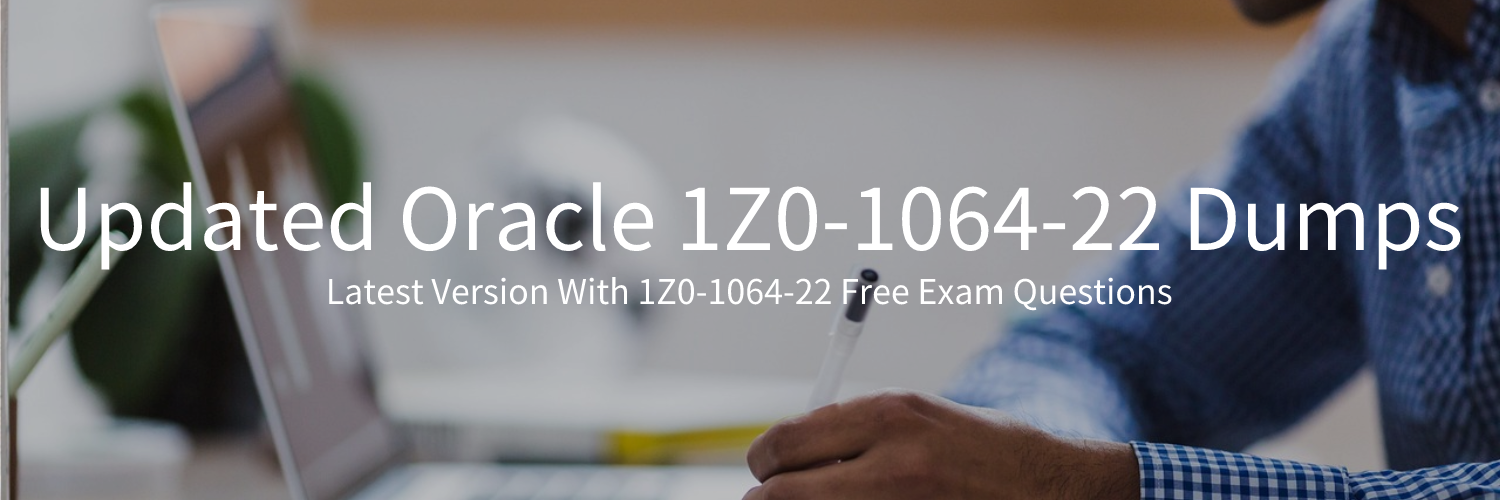
The latest version of the updated leads4pass 1Z0-1080-22 dumps with 1Z0-1080-22 free exam questions helps you easily pass the challenging Oracle 1Z0-1080-22 exam.
leads4pass has completed the 1Z0-1080-22 dumps https://www.leads4pass.com/1z0-1080-22.html latest version update, providing you with the latest 70+ exam question and answer questions (PDF or VCE), all of which match the exam content and ensure that you can pass.
Not only that but leads4pass shares the latest 1Z0-1080-22 free exam questions with you to study.
Free Providing 1Z0-1080-22 Dumps With New Update Exam Questions
The following questions and answers are from the latest 1Z0-1080-22 free dumps.
Question 1:
Which three security design principles can help reduce overall security maintenance and troubleshooting, while still balancing security control? (Choose three.)
A. Creating groups over assigning individual access permissions to users
B. Configuring single sign-on (SSO)
C. Assigning a higher level role than necessary, then scaling back access permissions
D. Using inherited permissions
E. Assigning global read access to each cube, then fine-tuning none and write access within dimensional security
Correct Answer: ACD
Question 2:
In Projects, which three types of revenue and expense assumptions drive data calculations? (Choose three.)
A. Project rates
B. Standard rates
C. Discount rates
D. Program mappings
E. Plan start year
F. Working days and hours
Correct Answer: ADF
Question 3:
In order to be able to configure Additional Earnings in the Benefits and Taxes wizard, into which dimension do you have to import members? Choose the best answer.
» Read more about: Updated Lead4Pass 1Z0-1080-22 Dumps Latest Version With 1Z0-1080-22 Free Exam Questions 2023-02 »



